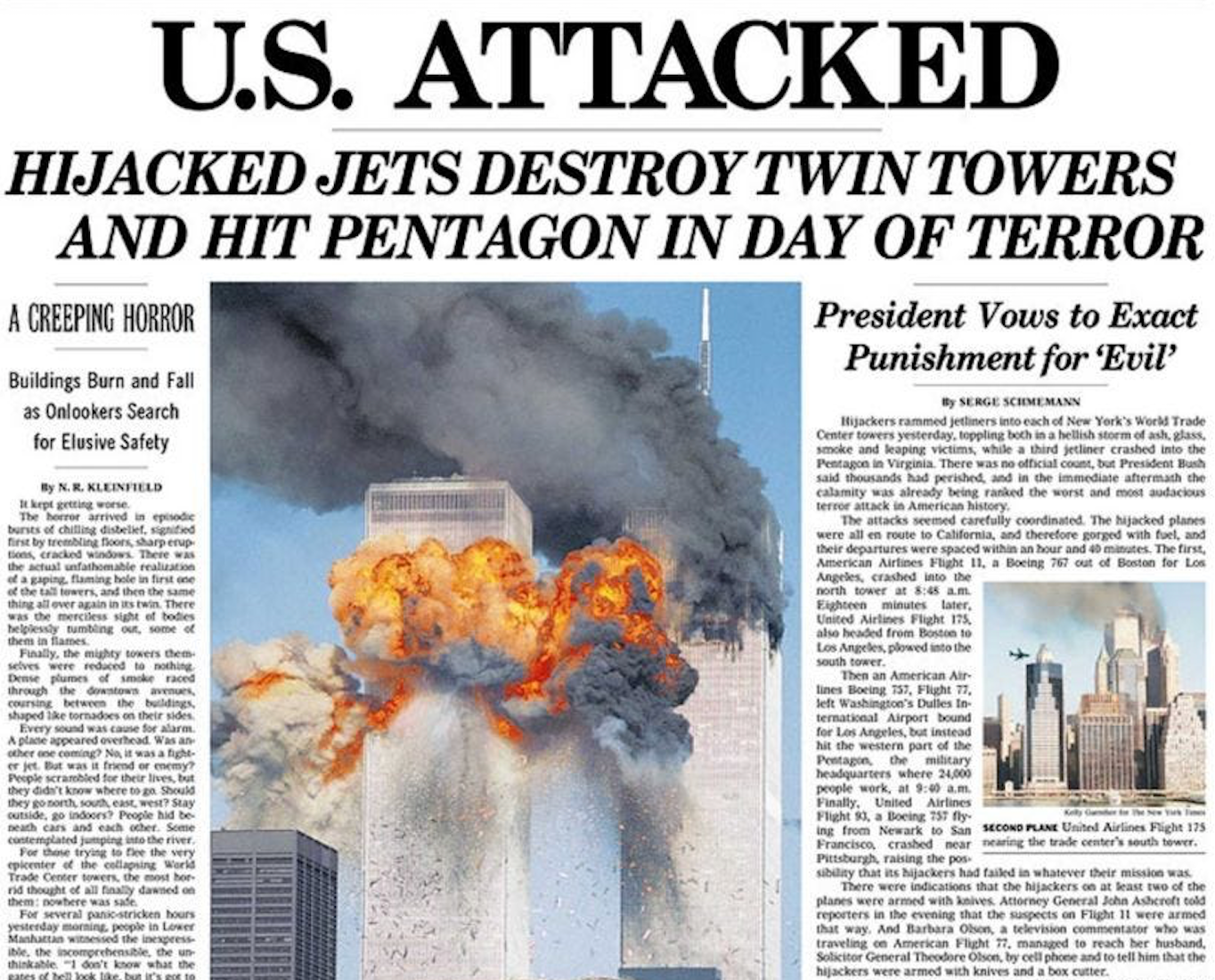6 Easy Facts About News Articles Shown
Table of Contents9 Easy Facts About News Articles ExplainedThe 4-Minute Rule for News ArticlesFascination About News Articles7 Easy Facts About News Articles DescribedThe News Articles Statements
Good expertise of different topics offers trainees an one-upmanship over their peers. Also though electronic and social media are easily available, we ought to not forget exactly how important it is to check out the papers. Moms and dads need to attempt and instill the routine of reading a newspaper as an everyday routine to proceed the heritage of the revered print medium.Newspaper article additionally contain at the very least one of the complying with crucial attributes about the designated target market: closeness, prominence, timeliness, human rate of interest, quirk, or repercussion. The relevant term journalese is sometimes utilized, normally pejoratively, to describe news-style writing. An additional is headlinese. Newspapers typically abide by an expository writing design.
Within these limits, news stories also intend to be comprehensive. Other aspects are involved, some stylistic and some derived from the media form. Among the bigger and a lot more recognized papers, fairness and equilibrium is a major consider presenting details. Discourse is generally constrained to a separate section, though each paper may have a different total slant.
Newspapers with a worldwide audience, for instance, tend to make use of a much more formal design of writing. News Articles.; typical design guides consist of the and the US Information Style Publication.
The Basic Principles Of News Articles
As a regulation, reporters will certainly not use a lengthy word when a brief one will certainly do. Information authors attempt to prevent utilizing the exact same word a lot more than when in a paragraph (in some cases called an "echo" or "word mirror").
Headings in some cases omit the topic (e.g., "Jumps From Boat, Catches in Wheel") or verb (e.g., "Pet cat female lucky"). A subhead (additionally subhed, sub-headline, subheading, caption, deck or dek) can be either a subservient title under the main heading, or the heading of a subsection of the write-up. It is a heading that comes before the primary text, or a group of paragraphs of the primary text.

of a short article subject, informant, or interviewee), it is described as a drawn quote or draw quote. Extra signboards of any one of these types may show up later on in the write-up (specifically on succeeding web pages) to entice additional reading. Journalistic websites occasionally use useful content animation techniques to exchange one signboard for an additional (e.g.
Fascination About News Articles
Such billboards are additionally utilized as reminders to the write-up in other areas of the magazine or site, or as advertisements for the item in other magazine or sites. Press launch of the Swiss federal government. Normal structure with title, lead paragraph (recap in bold), various other paragraphs (information) and contact details.

Instance of a hard-lead paragraph NASA is recommending another space task. The agency's budget plan request, announced today, consisted of a strategy to send out one more goal to the Moon. This moment the firm wishes to develop a long-lasting center as a jumping-off factor for various other area adventures. The spending plan requests roughly $10 billion for the project.
The NASA statement came as the firm requested $10 billion of appropriations for the project. An "off-lead" is the 2nd crucial front page information of the day. The off-lead appears either in the leading left corner, or straight below the lead on the. To "bury the lead" check these guys out is to begin the write-up with background details or details of second value to the visitors, forcing them to find out more deeply into an article than they should have to in order to uncover the vital factors.
News Articles Fundamentals Explained
Common use is that one or more sentences each develop their very own paragraph. Reporters generally define the organization or framework of an information tale as an inverted pyramid. The essential and most fascinating aspects of a story are put at the beginning, with sustaining details following in order of decreasing relevance.
It enables individuals to explore a topic to just the deepness that their inquisitiveness takes them, and without the imposition of information or subtleties that they might take into consideration irrelevant, but still making that information readily available to more interested readers. The upside down pyramid framework likewise allows posts to be trimmed to any arbitrary size throughout design, to fit in the space readily available.
Some writers start their tales with the "1-2-3 lead", yet there are numerous kinds of lead readily available. A twist can refer to several points: The last tale in the information useful site program; a "pleased" tale to end the show.
Longer posts, such as magazine cover posts and the pieces that lead the inside areas of a newspaper, are recognized as. Function stories vary from straight information in numerous means. Foremost is the lack of a straight-news lead, many of the time. Rather than using the essence of a story in advance, feature writers might try to entice viewers in.
7 Easy Facts About News Articles Explained
The reporter frequently information interactions with meeting subjects, making the piece a lot more individual. A function's initial paragraphs often associate an appealing moment or occasion, as in an "anecdotal lead". From the details of an individual or episode, its view promptly widens to generalities regarding the tale's subject. The section that signifies what a function has to do with is called the or signboard.

The Editor's Toolbox: A Referral Overview for Beginners and Professionals (2001) Allan M. Siegal and William G. Connolly. The New York Times Handbook of Style and Usage: The Authorities Style Guide Used by the Writers and Editors of the World's Many Authoritative Paper (2002) M. L. Stein, Susan Paterno, and R.